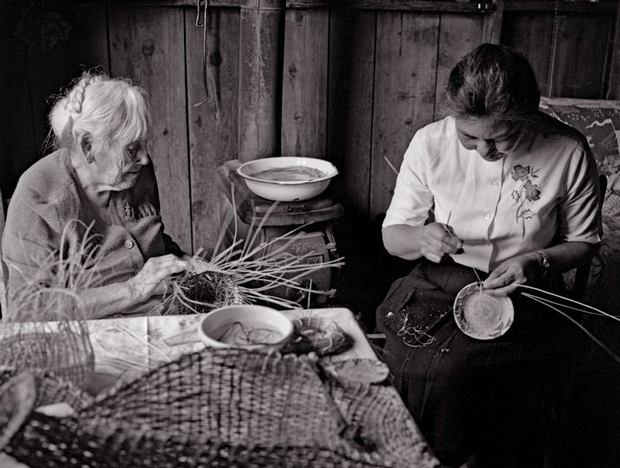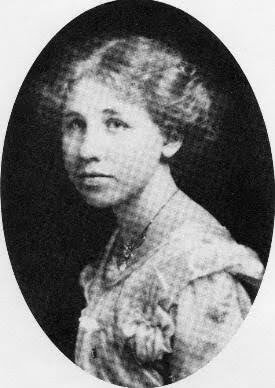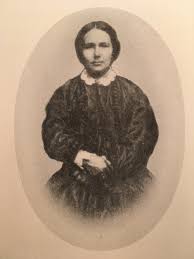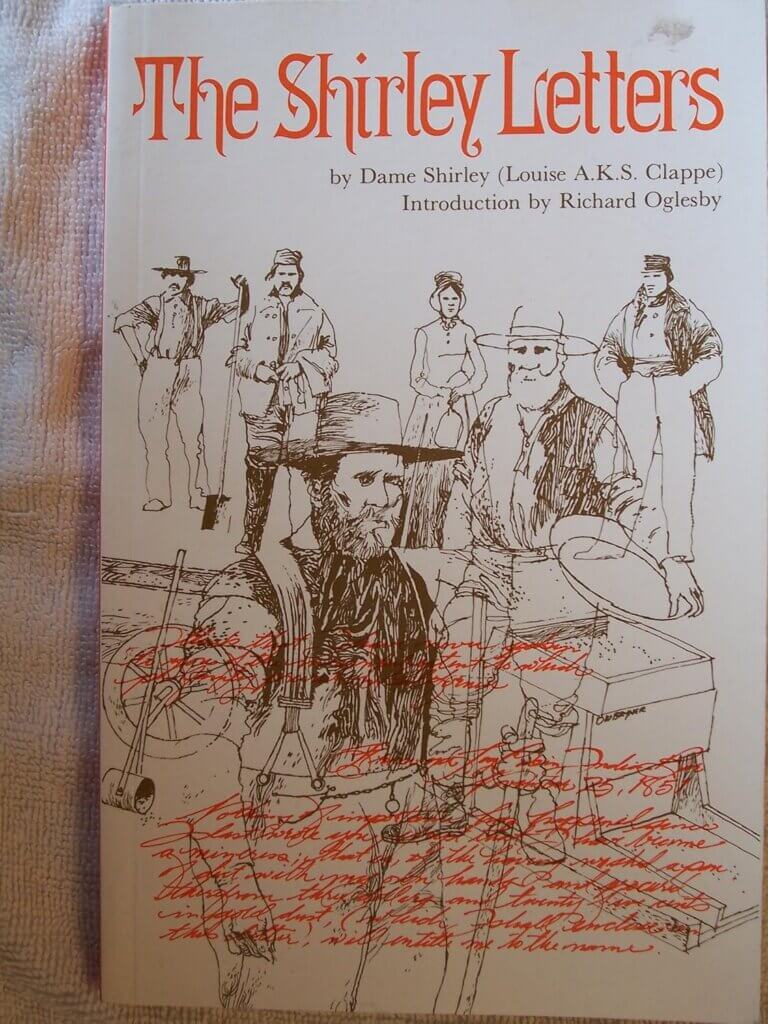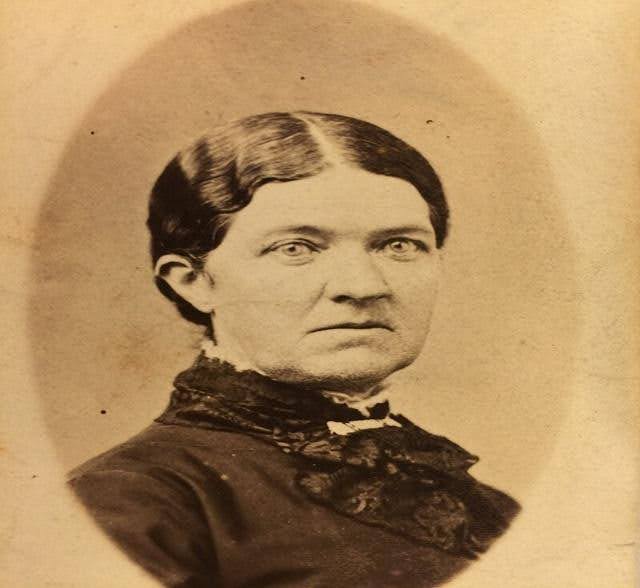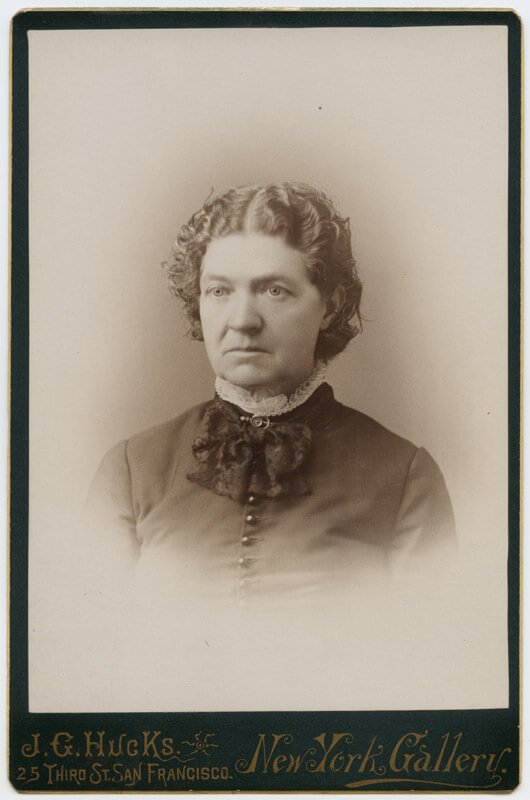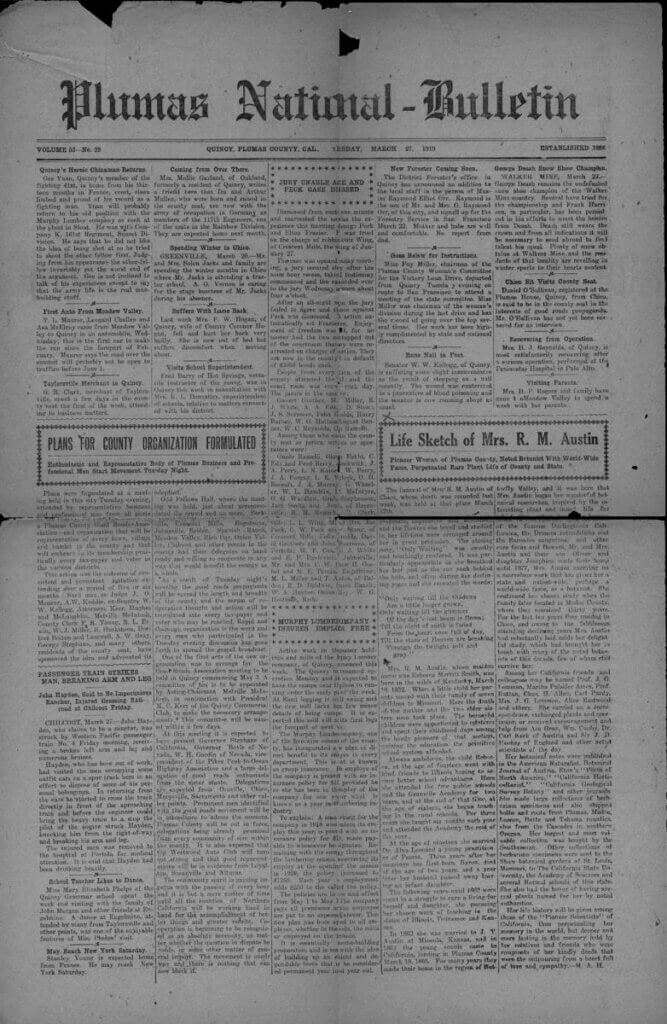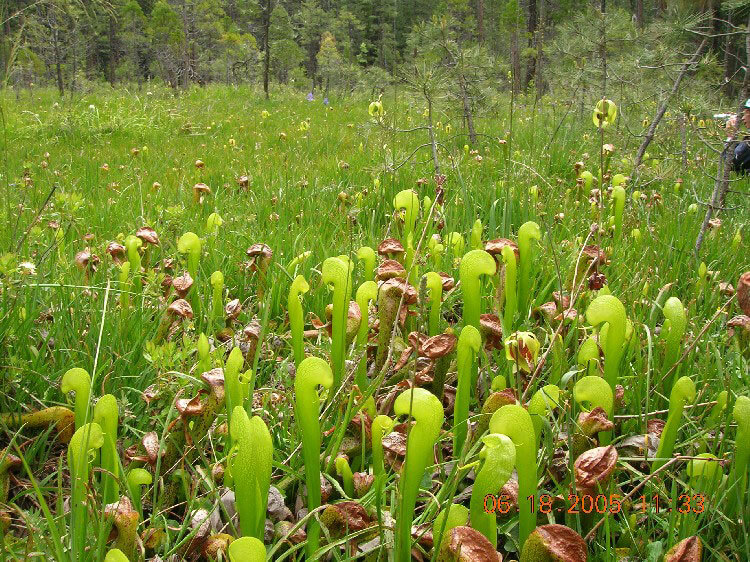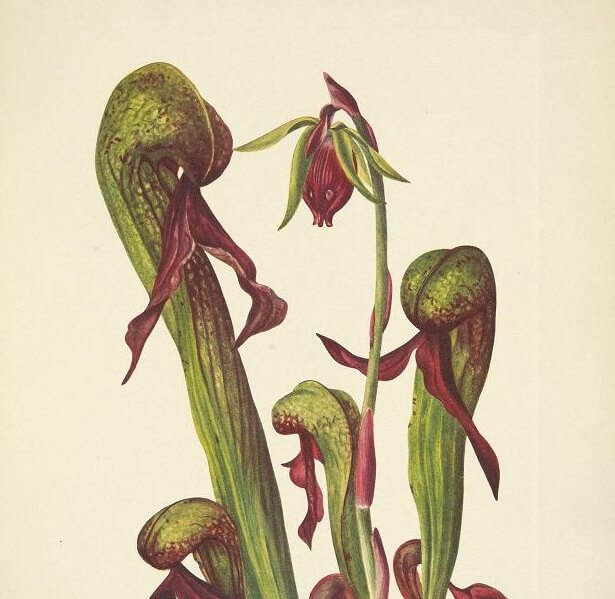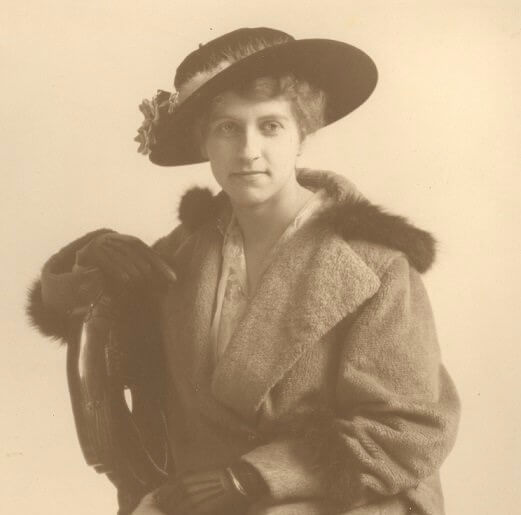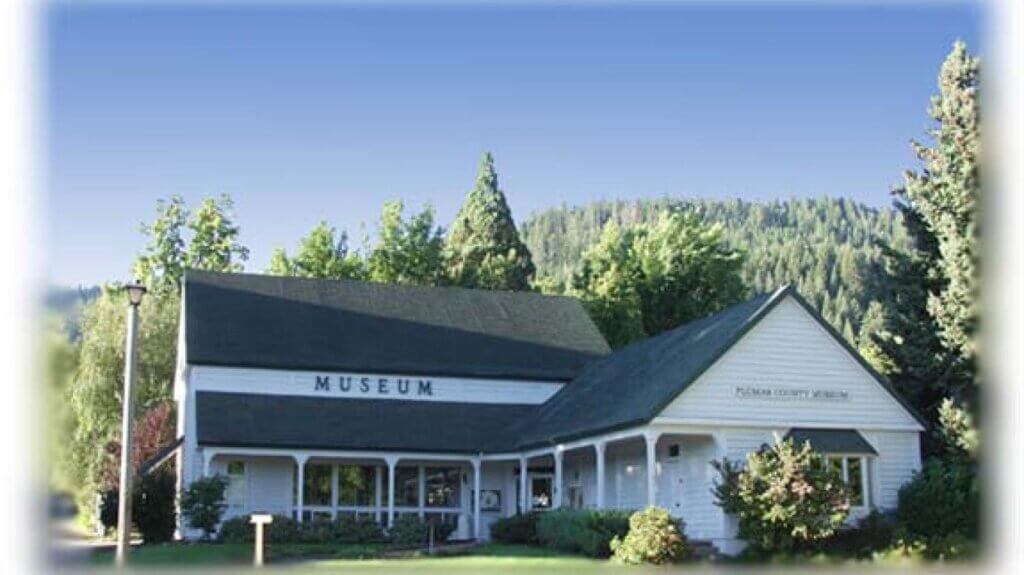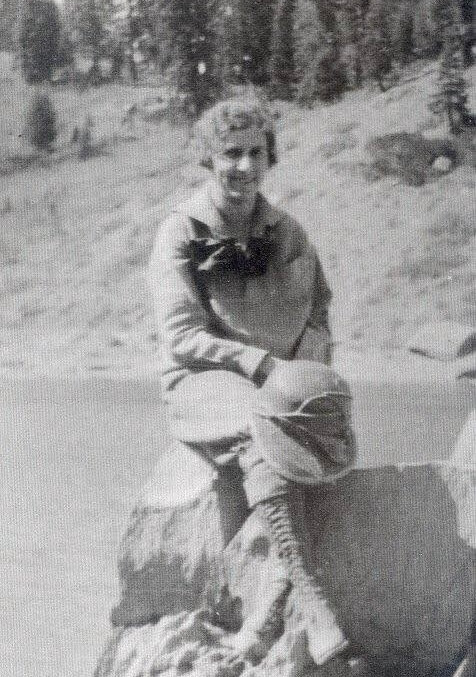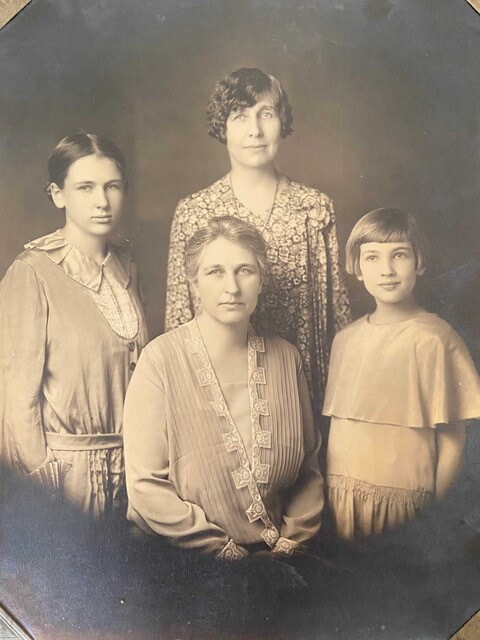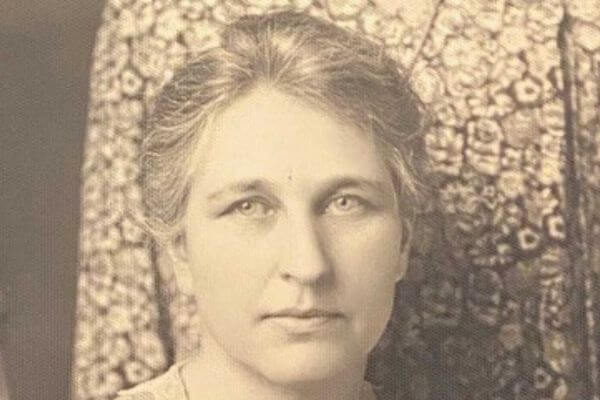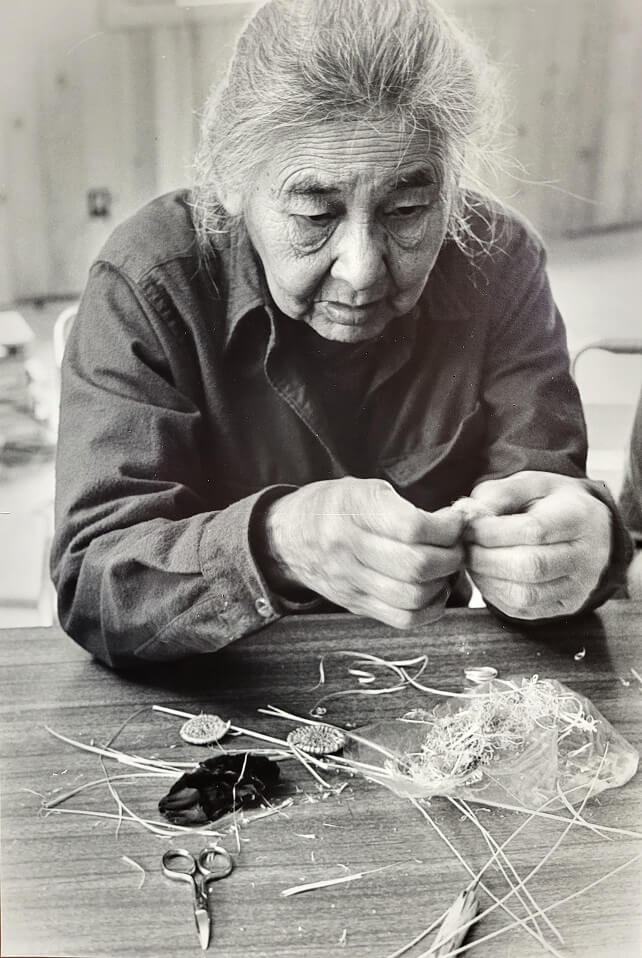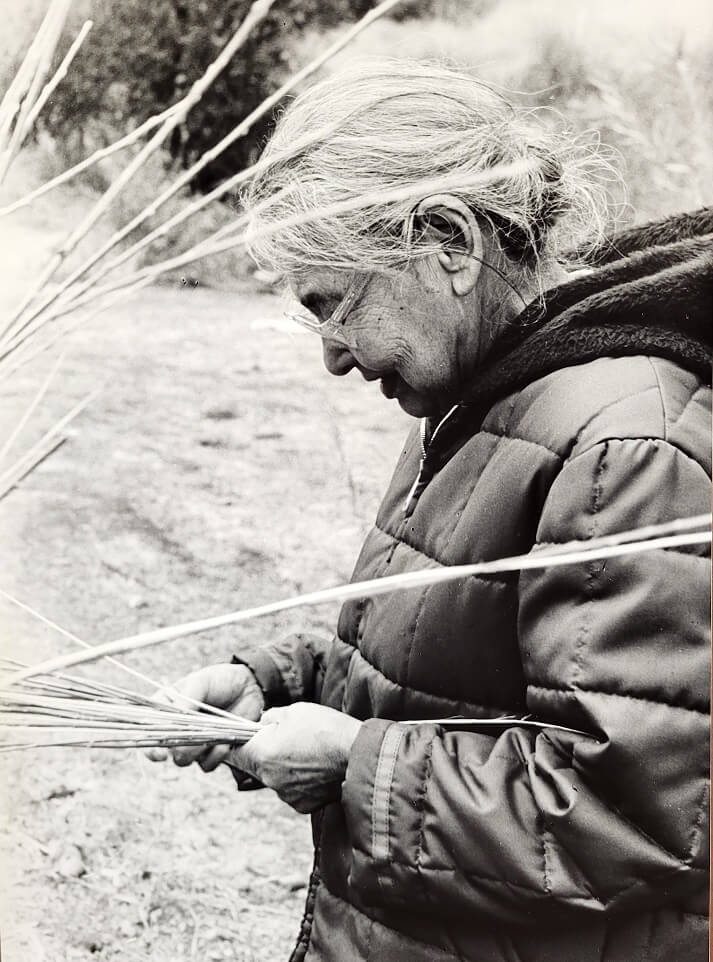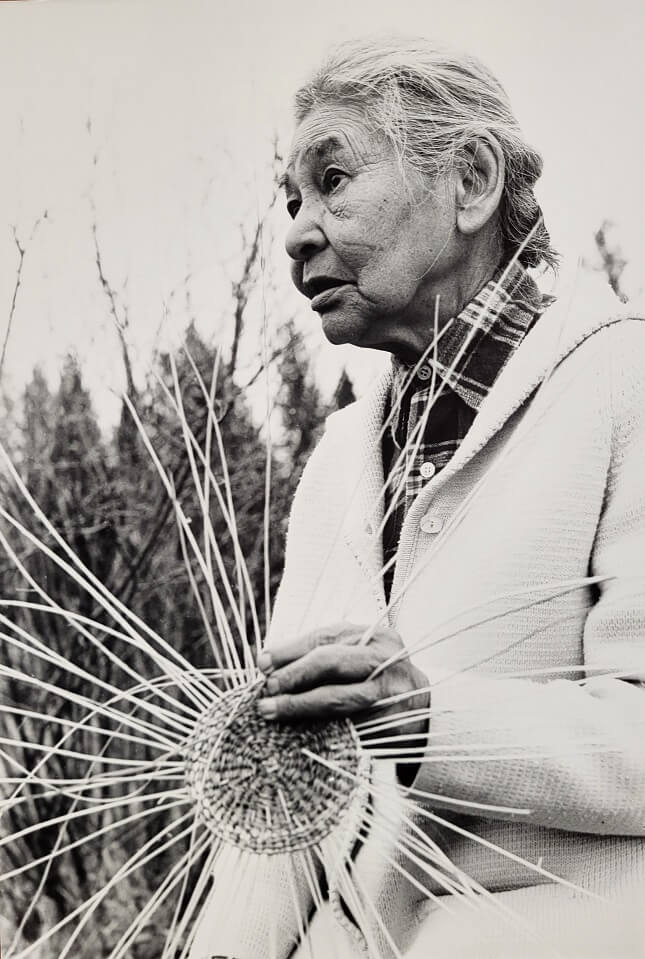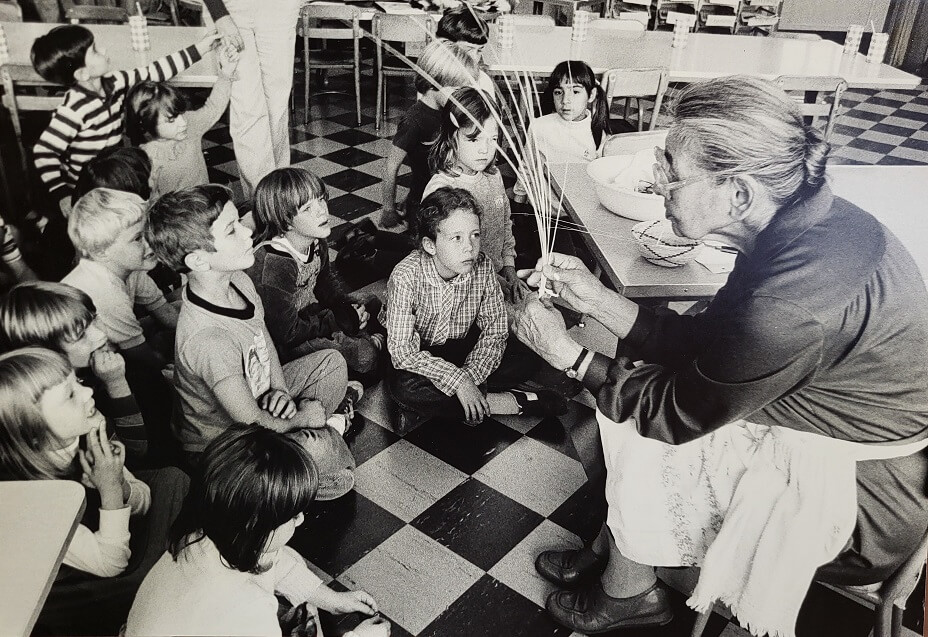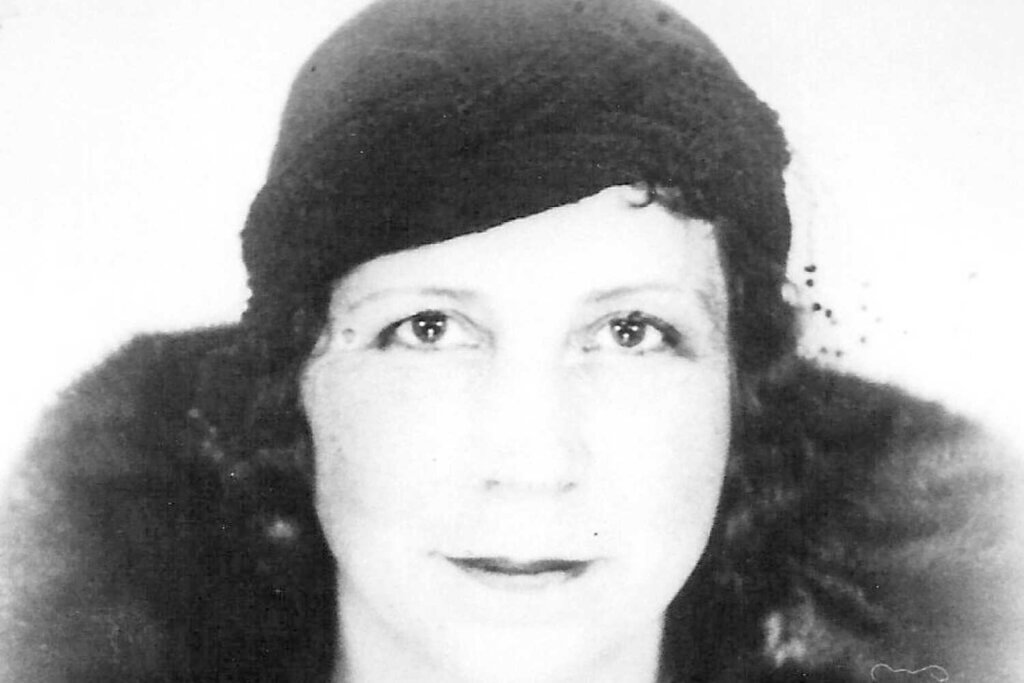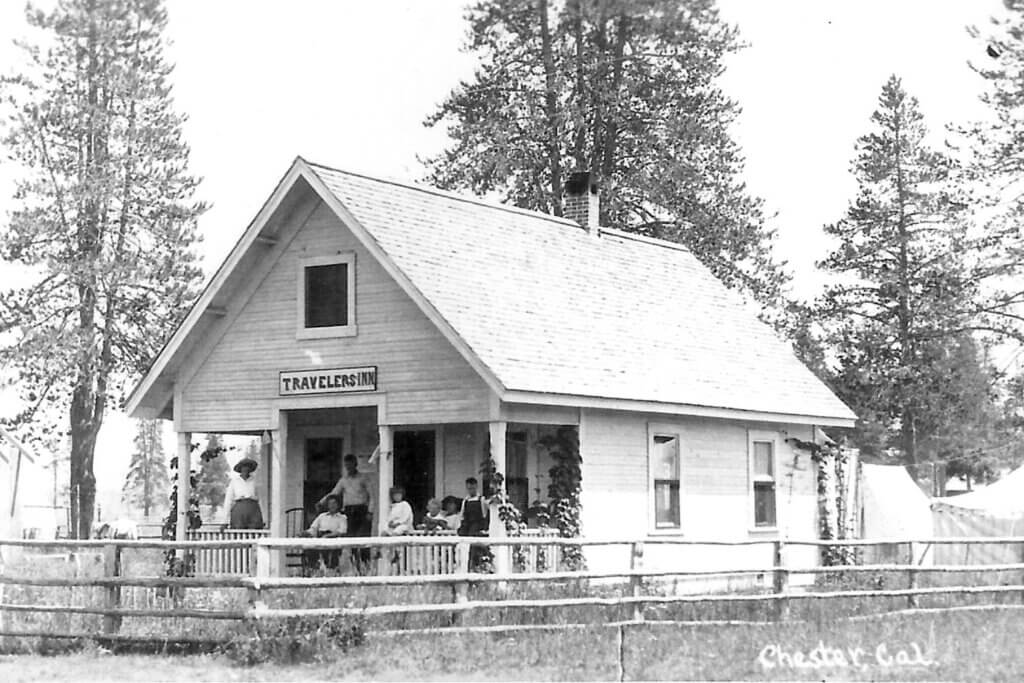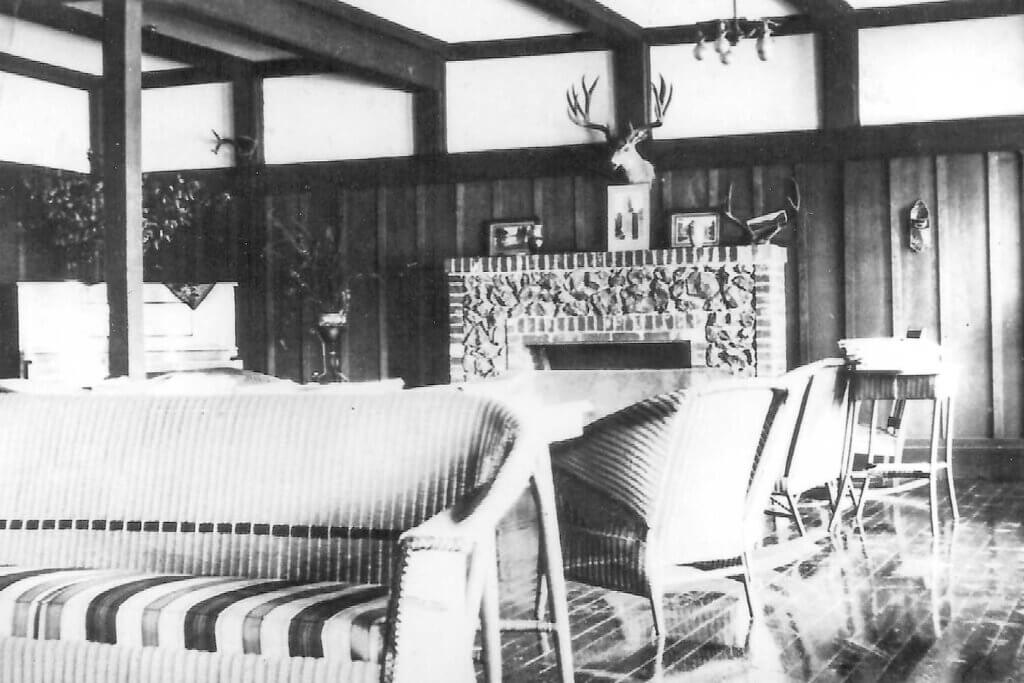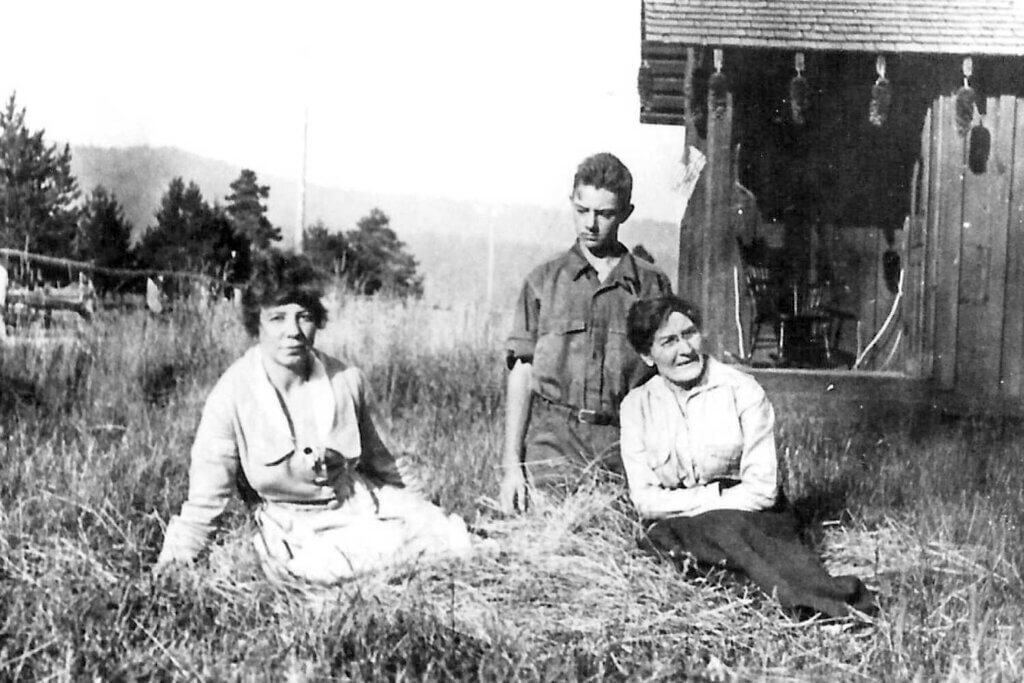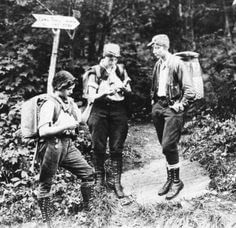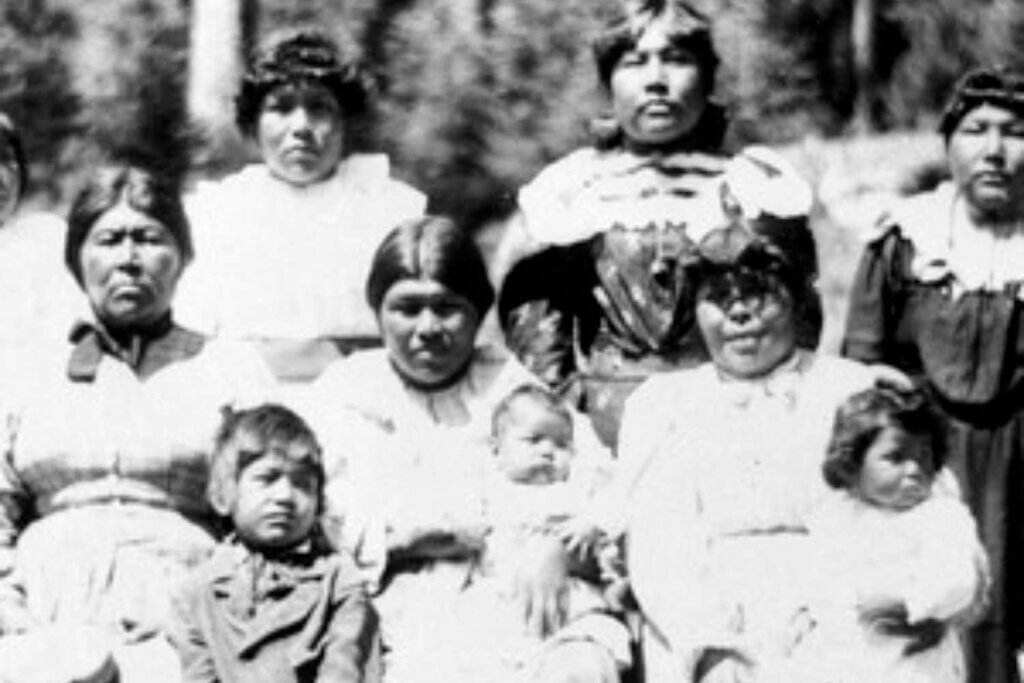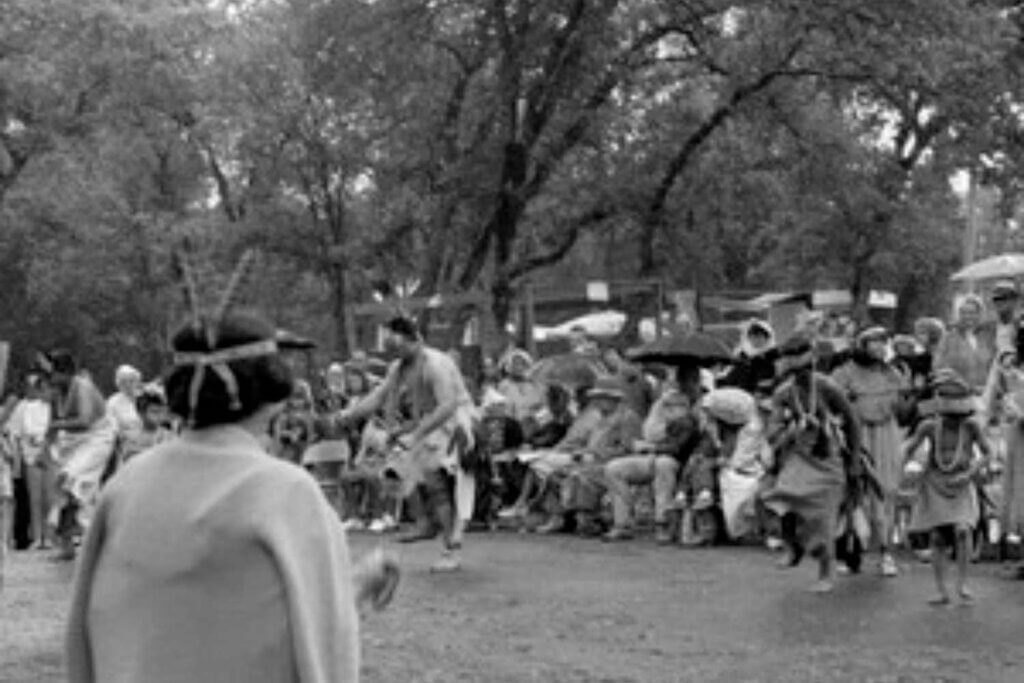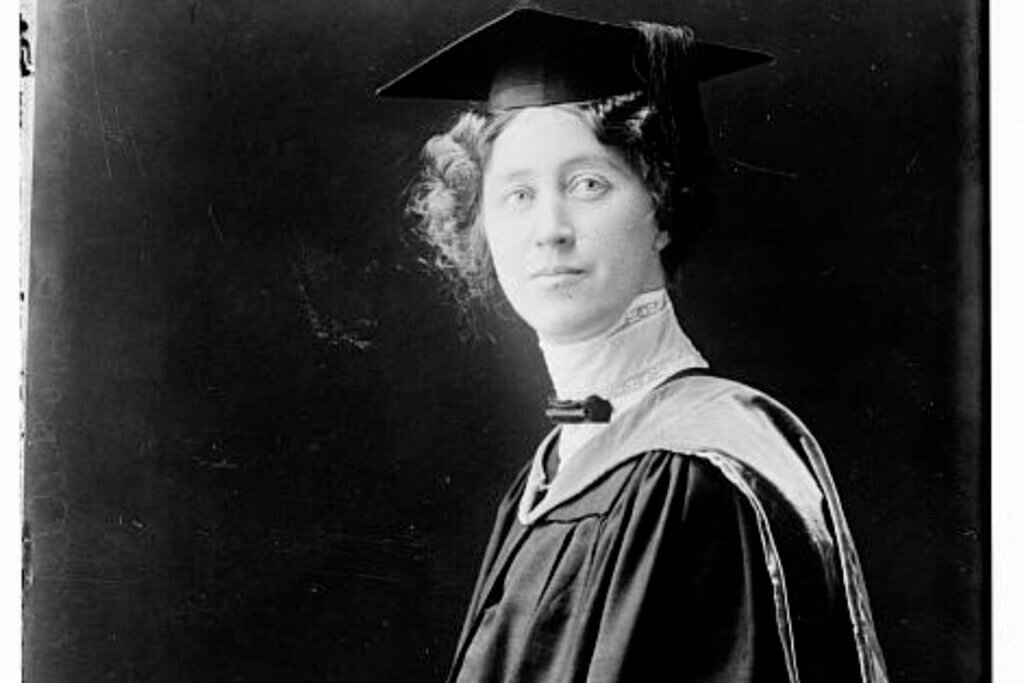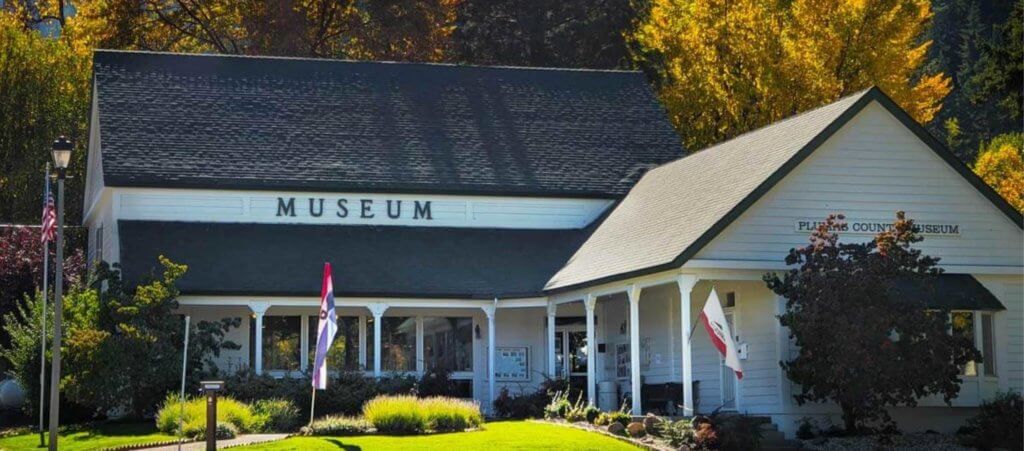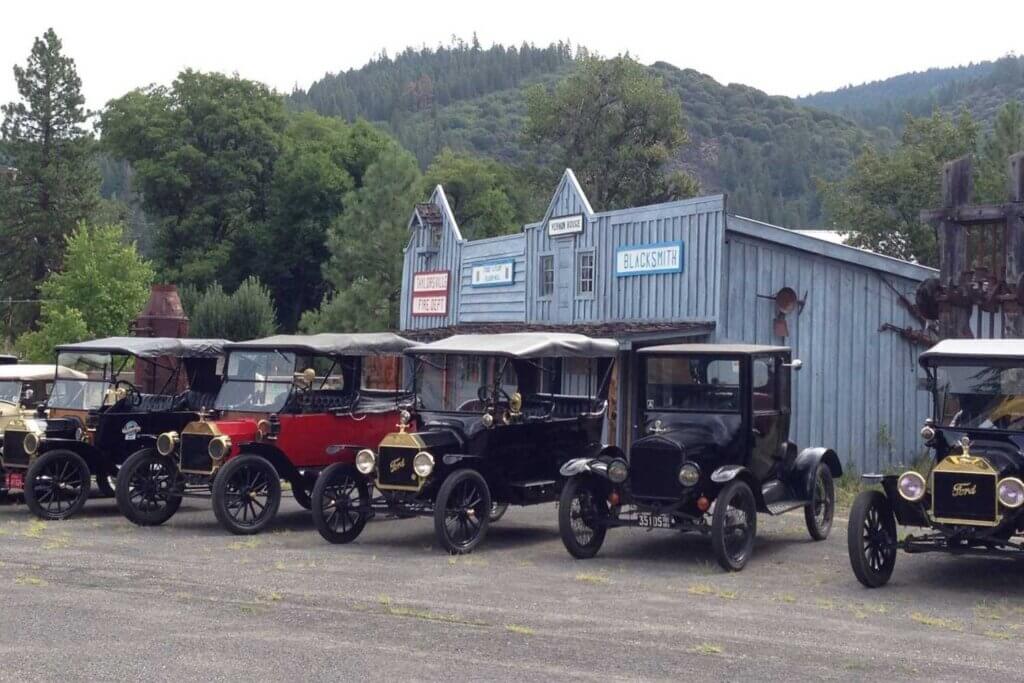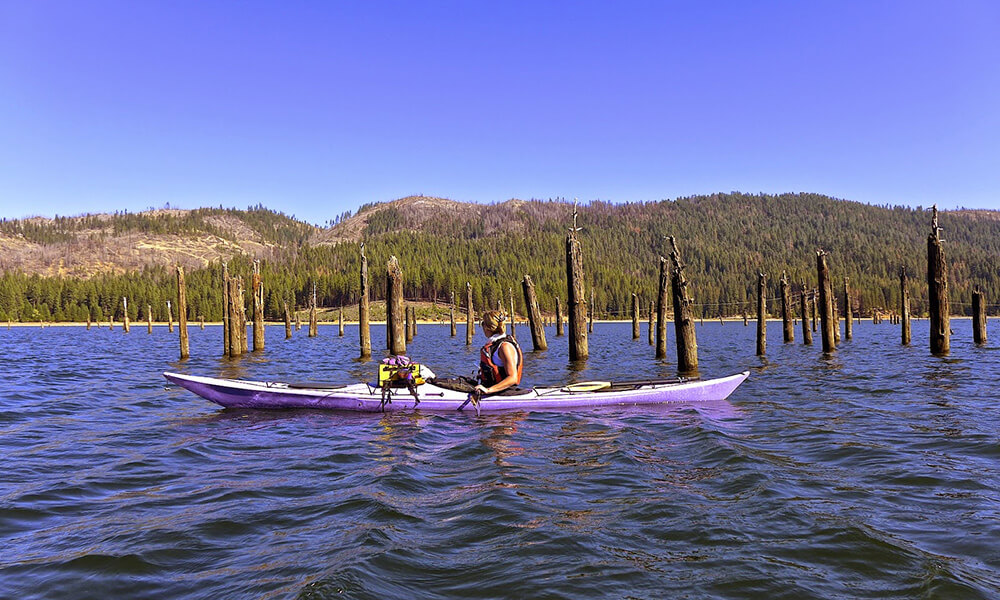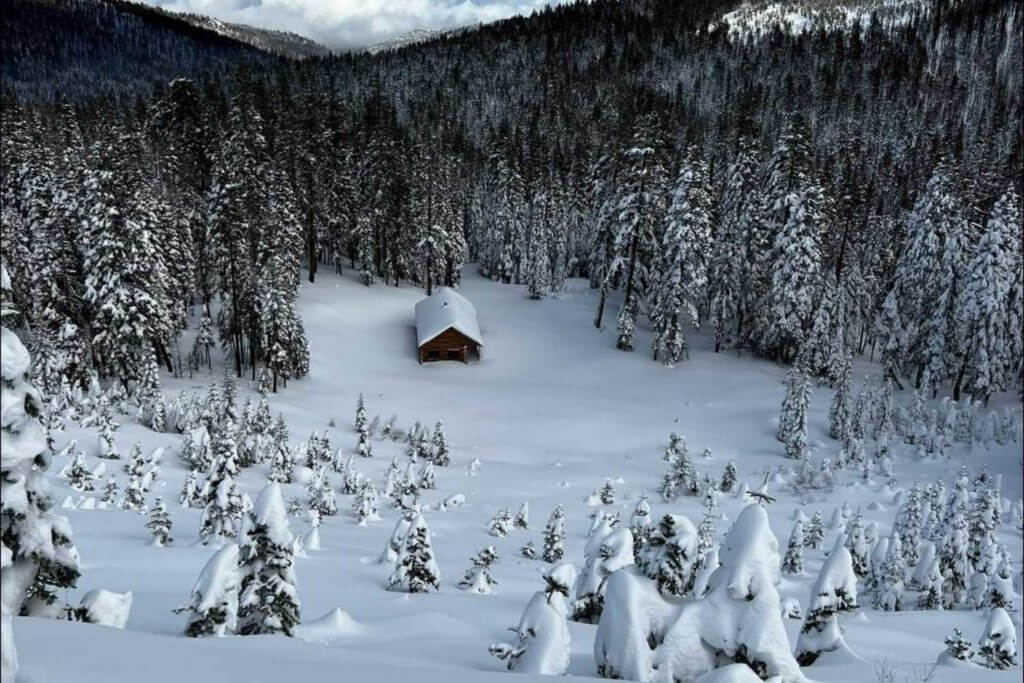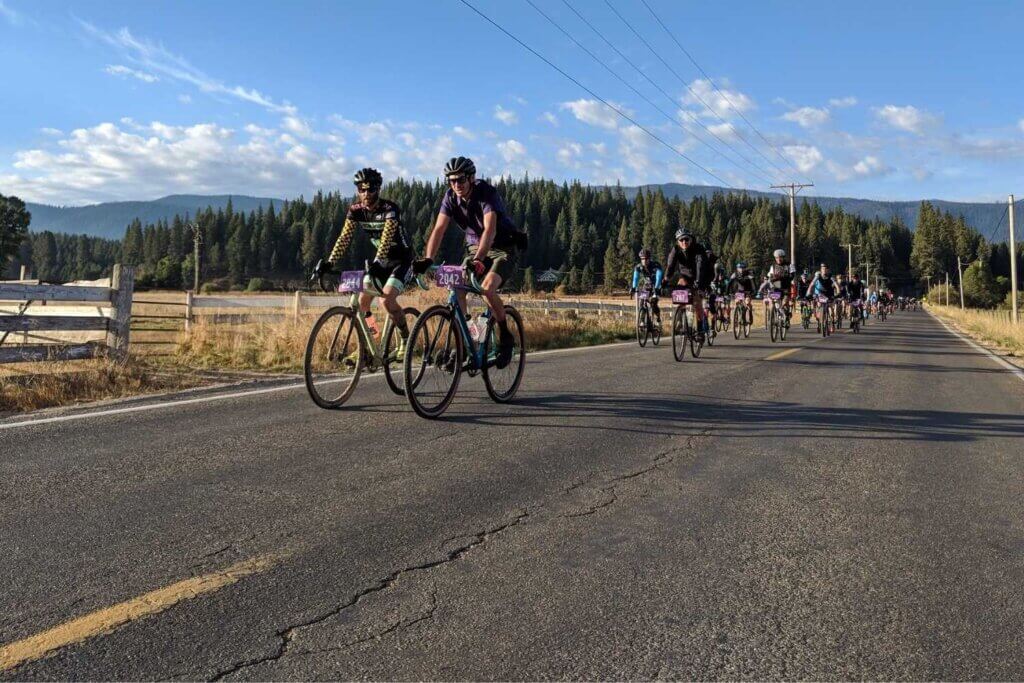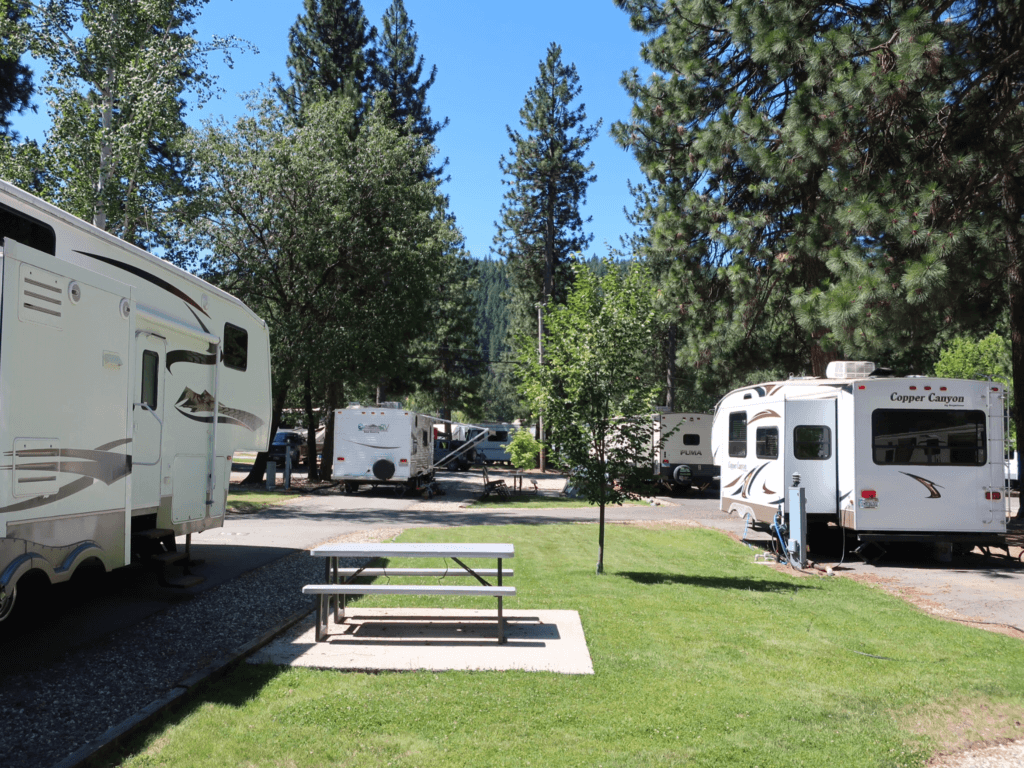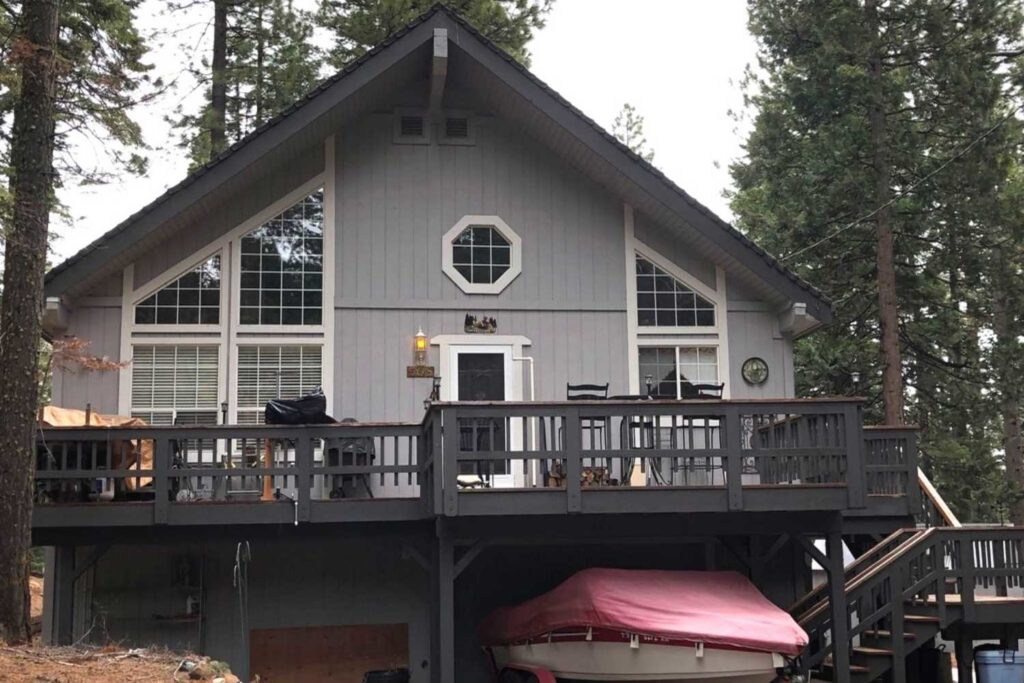Honoring Women Who Shaped Plumas County
Plumas County has a rich history, from gold mining to ranching to the internationally recognized stairway of power. In honor of Women’s History Month, we are again profiling some notable women who impacted Plumas County.
From the indigenous women leaders who fought to preserve their culture to the pioneering women of early Plumas County who pushed boundaries in science, education, and civic development, Plumas County has been shaped by bold, unstoppable women. These important women in history not only influenced this region but also contributed to the broader narrative of women in history, proving that local stories of their contributions are part of a much larger movement of resilience and innovation. And, their legacies are still very much alive.For Women’s Month and International Women’s Day (March 8th), Plumas County Tourism wants to continue to recognize and acknowledge the women who were noteworthy in Plumas County and beyond.
Louise Clappe, aka Dame Shirley
Those who have visited Quincy may be familiar with Dame Shirley Plaza in the center of town. Dame Shirley is the pseudonym for Louise Clappe (1819-1906), a brilliant author known for writing The Shirley Letters.
Academia at that time for women was more for preparing you to be a good partner for your husband’s career. By the time she turned 18, both of her parents had passed away. She and her six siblings were taken in by a guardian—a highly accomplished man who was a graduate of Amherst and Harvard, a practicing attorney, a Massachusetts senator, and a U.S. senator. Under his guidance, she developed a deep appreciation for the value of education. She too was educated at Amherst Academy where she studied metaphysics, literature, and wrote poetry.
While attending a wedding, she met her future husband, Fayette Clappe, and they married in 1848. When they heard there was “gold in them there hills” in Northern California, they moved to San Francisco before eventually making their way to the mining towns of the Sierra Nevadas.
Little was she aware of what life would be like leaving the sophistication of the East Coast. There were no such things as the niceties of city life. She was more than appalled at what she described as the “vulgarity of California men and the acceptability of such behavior.” This was more than tough and challenging to her urban sensibilities.
The Shirley Letters
It was letters to her sister Molly, written between September 1851 and November 1852, that eventually became her famous book. The letters were first published under the pseudonym Dame Shirley in the Pioneer magazine from 1854 to 1855. The letters, sharp, insightful, and with a definite flair, kept her sister “in the loop” on her new life first in San Francisco and then in the Feather River mining communities of Rich Bar and Indian Bar.
She details the experiences of women and children, the perils of miners’ work, crime and punishment, and relations with Hispanic residents and Indigenous inhabitants of the area. From her letters, it was certainly more than she had anticipated.
One three-week stretch she describes included murders, accidents, bloody deaths, a mob, whippings, a hanging, an attempted suicide, and a fatal duel—all set against the raw, untamed backdrop of early California. In one of her most striking passages, Clappe describes being in a town of 4,000 men to just four women and by the end of the letter, one has died. A rude awakening, to say the least. Yet, even amid the harshness, she writes about the “wild grandeur and awful magnificence” of the Sierra Nevadas—beauty that remains true today.
The Shirley Letters has been described as “a unique and remarkable work that is at once a powerful piece of nature writing, a trustworthy history, and above all, a literary masterpiece.” It is unknown if Clappe ever intended for her letters to be published, but since her “characters” are only identified by a letter, perhaps she recognized their historical significance. Louise Clappe now stands among famous women of history for her candid and vivid accounts of the Gold Rush era.
Today, all that is left of Rich Bar is Historic Marker 337 on the highway and the Rich Bar Cemetery. Occasionally, you can still find someone panning for gold. Rich Bar is 2.7 miles east of Caribou Crossroads and RV Park.
If you have not read The Shirley Letters, it is a quick, enjoyable read from a woman’s perspective on what life was really like in a mining town.
Rebecca Merritt- More than Bees in her Bonnet
Rebecca Merritt Austin (March 10, 1832 – March 4, 1919) was a botanist and naturalist who collected and sold native plants in California and Oregon. Her journey to Plumas County took her through Kentucky (where she was born), three different towns in Illinois, and stays in Missouri, Tennessee, Kansas, and finally, Black Hawk Creek in Plumas County. There were many adventures for this woman that included teaching in several states, being threatened in Tennessee for her abolitionist sentiments, and a second marriage to husband who served in the Union army. She appeared to be a woman who did what was necessary and was not too fearful of change or challenges. When she and her family arrived in Plumas County, she made a living by cooking and washing clothing for miners as a means of survival.
Drawn to Flora
Between feeding and washing, she studied and collected plants—1,700 different specimens in one year. She took particular interest in the California Pitcher Plant, commonly called the Cobra Lily due to its striking resemblance to a cobra. The Cobra Lily, which still thrives in Butterfly Valley near Quincy, fascinated Austin. “A mystery, full of life and death,” she once wrote. She was the first person to describe how the plant traps its prey, drowning it in secretions and hosting larvae that consume the remains—leaving the nutrients for the plant. She made this discovery while feeding the plant raw mutton.
In 1872, she met botanist J.G. Lemmon, who applauded her work. Through her correspondence with Lemmon, she became part of a network of botanical correspondents, including Harvard professor Asa Gray (the most important American botanist of the 19th century), Mary Treat, and even Charles Darwin. Her Cobra Lily observations are included in Darwiniana (1876), Gray’s defense of Darwin’s theory of evolution. She also collected native plants for the Smithsonian Institution and the California Academy of Sciences. She discovered several new plant species, started a business selling native plants, and was one of the first botanists to explore plant life in California’s northeastern counties. Austin passed away on March 4, 1919, at 86 in Chico, California, where she is buried with her second husband.
If you’ve ever walked through the wildflower-covered trails of Plumas County, know that Rebecca Austin walked the same path over 150 years ago—ensuring these plants would never be forgotten, while forging a path for future generations of women.
Information courtesy of Plumas County Museum
Stella Fay Miller- Long Standing History in Plumas County
On June 7, 1969, at the dedication of the Plumas County Museum, John H. Robinson stated:
“In every generation there are a few men and women who because of some outstanding attribute…have won the respect and love of their fellow men. It is these men and women who raise the average of humanity and by their words and deeds brighten the world around them. Such a woman was Fay Miller, and Plumas County is proud to acclaim her.”
Stella Fay Miller, a descendant of early Plumas County settlers, spent much of her childhood with her maternal grandparents, John and Rhoda Thompson, on their “Illinois Ranch” just east of Quincy, CA. Here she hiked, gathered wildflowers, and studied nature.
After attending Quincy Grammar School, Mills College, and the Jenkins School of Music in Oakland, CA, Stella Fay returned to Quincy, where she taught piano to local children for many years. Like her mother, she loved music and was a talented pianist who composed and published many instrumental pieces. One of her works, Day Dreams, a piano solo, can be heard at the museum.
Beyond her passion for music and history, Stella was also an avid traveler. She explored widely, never missing the opportunity to visit places of natural beauty and historical significance. National parks, state parks, and monuments were among her favorite destinations, where she found inspiration in both the landscapes and the stories of those who had shaped them. Her travels reinforced her deep appreciation for history, particularly that of her own home in Plumas County. She recognized how important it was to preserve the past—not just in books, but in tangible ways that future generations could see and experience.
With her maternal grandfather, John Thompson, having been one of the original commissioners who helped organize Plumas County in 1854, she understood the importance of keeping local history alive. She was keenly aware of the need for proper preservation of pioneer relics and the establishment of a space dedicated to Plumas County’s heritage.
Stella Fay Miller passed away on February 8, 1964, and left a bequest that provided for the acquisition of land and the construction of a county museum. Through her generosity, the Plumas County Museum was built in Quincy. Stella’s dedication to the preservation of history was more than a financial gift; it was a commitment to ensuring that future generations would understand and honor the contributions of those who came before.
Her legacy is woven into the very fabric of Plumas County. Every time we celebrate its history, we continue the work of Stella Fay Miller. Visit the museum to enjoy her music and to learn more about the woman whose vision and passion for history ensured that Plumas County’s past would never be forgotten.
Information courtesy of the Plumas County Museum
Why These Stories Still Matter
The women of Plumas County weren’t just participants in history. They were forces of nature, shaping the land, the culture, and the future of this place we call home.
And here’s the thing—their stories aren’t over. You can see some more noteworthy women with a History in Plumas County, below.
Women today are still fighting for conservation, still preserving traditions, still leading the way in the arts, business, and science. The next chapter of Plumas County’s history is being written right now.
So this Women’s History Month, let’s not just remember these women—let’s celebrate them, learn from them, and carry their spirit forward.
Edith Melissa Martin
Edith Melissa Martin, born August 11, 1877, was the first child and daughter of early freighter and Chester Post Office founder Oscar Martin and his wife, Alice. She is also the early-day granddaughter of early settlers Jonathan Martin (1870s) and Melissa Bailey Olsen. Edith and her sister Olive Martin spent their early childhoods in the homes of their Martin and Olsen’s grandmothers have been in northern Big Meadows since their mother, Alice, died at the age of 19. They attended the Lassen Butte School in what was then known as the Melissa School District, a short walk from either family home.
Prominent in Establishing a School on Olsen Ranch
By 1870, Melissa Bailey Olsen, civic-minded much like her granddaughter came to be, was pressuring the Plumas County School Board to establish a school in northern Big Meadows for her six children and those of her neighbors who were tired of having to drive (by horse and buggy) their children to Prattville for school. The school was first held in a small cabin on the Olsen Ranch while a schoolhouse was being built on the “school lot” that had been set aside in a deed of sale of property between Peter Olsen and Jonathan Martin. As they grew older, the sisters wintered with their father in Butte County and attended school there, going on to Chico High School, as there was no high school in Big Meadows. Both attended Chico Normal (Chico State University), then Edith, like her father, furthered her studies at U.C. Berkeley. Both young women taught school for a time in Big Meadows. Edith taught for two years in Butt Valley.
Edith kept a house for her father and pursued her interest in public schools and community affairs. In 1912, Oscar and Edith built a large new home on the corner of Martin (now Stover), Feather River Drive, and Main Street in the newly subdivided town of Chester. (Oscar Martin and his Olsen brothers-in-law were the first to subdivide their ranch properties to create the town of Chester, named after his hometown of Chester, Vermont, where he was born in 1877.)
Edith returned to school at the University of Nevada, Reno, to obtain a Nevada teaching certificate and taught in Nevada for a few years. With her father Oscar’s death in 1921, she inherited his property in Chester, including the family home, which became her mountain retreat until she died in 1962.
During the decades from 1920 to 1960, Edith took an active role in the growth and development of Chester. Edith, a Chico Women’s Club member, was a founding member of the Chester Women’s Club. She donated land to the community for the Chester Library, Fire Department, and Park. She served for many decades on the local school board in the 1920s, overseeing the building and expansion of the kindergarten-eighth school on the original school site between today’s Gay and Bridge Streets (Memorial Hall site). It was land her grandfather, Jonathan, set aside in the 1870s.
End of Red Bluff-Susanville Wagon Road
When the section of the old Red Bluff–Susanville Wagon Road from Child’s Meadows to Susanville was supplanted by the construction of State Highway 36 in the 1930s, and a new bridge was built over the Feather River accessing more Martin land south of the river, Edith sold even more land. This opened the way for the development of the modern Chester business section, which includes banks, restaurants, stores, hotels, and gas stations.
With the growth of the town due to the building of the Collins Pine Company sawmill in the early 1940s, Edith donated land on Aspen Street for a new Chester Elementary School, completed in 1949. Before 1920, local families wishing their children to complete a high school education had to board them in Red Bluff, Chico, Susanville, or Greenville. As the new community of Westwood grew, a mere 13 miles from Chester, ninth through twelfth-grade students were driven to Westwood to complete their education. Then, the post-WW II population boom required new measures, and once more, Edith stepped up, donating the land bordering
First Street for the new Chester Junior-Senior High School, completed in 1951. As Edith aged in the late 1950s, she spent more and more time in Chico, where she died on July 3, 1962, a little more than a month shy of her 85th birthday. On each visit to her beloved mountain home, she must have felt satisfied to see the thriving, prosperous community grown from the seeds sown by her Martin and Olsen families. Ironically, her beloved Chester home was burned down in the mid-1970s as a practice exercise by the Chester Fire Department. The property became the Leisure RV Park, catering to summer campers. The most prized camping spots being those next to the irrigation ditch…and there is more to that story.
Again, Thank you to Marilyn Quadrio, a Local Historian.
Lilly Baker
At the beginning of the 20th century, most Native American people lived in a transitional world. They were caught between their rapidly disappearing culture and the modern world, which had been imposed upon them. The creation of Lake Almanor can illustrate this loss of culture.
The beautiful little valley, now Lake Almanor that holds the water to create hydroelectric power, was once the ancestral home of the Mountain Maidu. Since “creation,” this valley had been their home, but when flooded in 1914, it was all gone . . . though many Maidu still clung to the hope of saving their way of life.
Lilly Baker, proud to be a ‘full-blooded’ Maidu, was one of those.
Lilly was born in Indian Valley at Kusim Hedem Tosikoyo, near Taylorsville, in 1911. Her parents were Billy and Daisy Baker; she had three brothers and a sister. Later, when moving to the Janesville area, Lilly, the first of her family to learn to read, rode horseback to school, which was two miles away. She later went to Westwood High School and graduated in 1929.
As a child, Lilly was not very interested in the Maidu basket-making culture. It was understood that grandmother would teach it to mother to daughter. Lilly’s mother and both of her grandmothers were expert basket-makers. But Lilly’s fledgling attempts did not please her, and without her father’s encouragement, she may never have become one of the best Maidu basket-makers around.
Lilly told of how her first try at basket-making ended in frustration and she threw the basket away. Her father found the discarded basket and returned it to her. He insisted that she finish it. It was explained to Lilly that she had a responsibility to learn to make baskets. It would be up to her to teach others and carry on the traditions that she had been taught.
At age 13, Billy was murdered. Daisy and Lilly moved to the shores of Lake Almanor, living in an old log cabin on the Salem property. While Lilly and Daisy lived near the shore of the lake, they spent much of their time gathering, preparing, and weaving. They harvested Bear Grass, Pine Root, Willow, Red Bud, and Maple at the correct time. Willow was a predominant fiber in most baskets.
Daisy and Lilly patiently demonstrated and explained their methods to visitors as they worked. They both learned from each other and when Daisy passed away in 1964, there was no one but Lilly to carry on. Neither Lilly nor her siblings had children. There were no daughters, granddaughters, or nieces. There was no one to teach.
In 1973, Lilly began her mission to enlighten the world.
She had been encouraged by those who saw her work, and being proud of her Maidu heritage, she wanted to share its traditions and customs. She moved to preserve the Maidu language, culture, and legends by visiting schools and organizations to highlight her basket-making. As she demonstrated her work, she told the stories that had been handed down to her through her own family, and she used her audience to teach traditional Maidu beadwork and language.
Her love of animals and nature influenced her designs, but Lilly said that she had no design in mind when she started a basket. “It just happens,” she said. “It is the Maidu in me coming through my fingers.” Lilly’s baskets became famous, and she, through them, became famous. Her work was exquisite. Her baskets have been included in museums and shows in California, Minnesota, and New Mexico. As proud of her “showings: in museums she explains that, “Our baskets are usable baskets… not just fancy things that you show around at fancy places like museums.”
Plumas County Museum made a video, “Dancing with the Bears,” about her work, and The National Endowment of the Arts presented a grant for Lilly’s basket-making. Lilly also worked with the U.S. Forest Service on a project to enhance forest health using traditional Maidu land management techniques, including pruning plants to enhance their growth for basket-making.
“My family was the last to make the baskets – Jenny Meadows, my great-grandmother; Kate McKinney, my grandmother, and Daisy Baker, my mother. Now me,” said Baker “The other Maidus quit a long time ago. I have been alone at this since my mother died in her 80th year in 1964.” When Lilly died in 2006, she had fulfilled her goal. The tradition had been carried on. Today, Maidu women still preserve their heritage by making baskets, just as Lilly did. Though Lilly had no children to teach, all she taught were in their own way her daughters and granddaughters.
Minnie Lee Vest
Femme Fatale Minnie Lee Vest
Minnie Lee Vest was born Minerva Clara Kueny at Dersch Ranch in Shasta County. Her parents were French, and this parentage gave their daughter a charming and vivid personality that made her irresistible. Though raised in the ruggedness of ranch life, she enjoyed the exciting energy of San Francisco. At 20, she was asked to become a hat model while shopping in a millinery store. Not to shy away from anything, she said yes!
From San Francisco Hat Model to Rural Plumas County
When her family moved to Big Meadows in 1909, Minnie moved with them and worked at the Prattville Hotel. The head turner that she was, she met handsome Charles C. Lee Jr. The romance sparked immediately, and the pair soon married.
Charley oversaw Red River Lumber Company’s large dairy in Mountain Meadows outside of Westwood. He and Minnie were provided with a company house at the dairy—the small house opposite the “chimney” on Highway 36. A few blissful years passed for the young couple, and then, around Christmas 1916, Charley became gravely ill. Whether from an infection that had started with a ruptured appendix or a gall bladder blockage (some rumors were he delivered milk in four feet of snow during a company strike and fell ill and died days later), Charley died on January 6, 1917. This was just days after his and Minnie’s birthdays. Devastated, Minnie was left with no income and no home.
Spunk and Resourcefulness Come Through
Completely on her own, not the norm for women of that time, Minnie rented a three-room cottage in Chester on the site of Bodfish Bikes’ parking lot. Borrowing $55 from a Chico dentist, she opened the “Traveler’s Inn,” a small diner within the cottage. Always doing things with in her distinct style, when meals were ready, rather than ring a bell she played the flute to call people to her restaurant. By 1922, she had saved enough money to buy two lots across the street and began building her dream hotel, the “Lee Lodge.”
Cupid Strikes Again
In the midst of this creative energy and entrepreneurial drive, Minnie finds love. In her words, in the summer of 1925, she was “sitting on a cracker barrel in the Chester Store in a little black slip of a dress, in walked the most handsome man I had ever seen.” He proceeded to ask what people do in Chester on a Saturday night. Minnie quickly volunteered to be his guide. She and Ely Vest soon married, but 19 months later, Minnie was once again a widow when a falling tree killed Ely. Though nearly suicidal with grief, she continued building and finished the lodge in 1927.
First Hotel on the Susanville-Red Bluff Route Opens as Lee Lodge
Lee Lodge was a rustic resort with running water in each room, a stone fireplace in the lobby, dining room tables with white linen tablecloths, and fresh-cut flowers. She had quite a following, and many regulars visited in the summer, one being the Moscone family from San Francisco.
On the evening of July 3, 1934, two boys smoking cigarettes out in the tank house were startled by the cook, threw the cigarettes down where they ignited some oily rags. The tank house went up like a torch, then fell over on the hotel. By the next morning, only the cottages to the rear of the hotel and the café next door were left.
The father of one of the boys, city treasurer of San Francisco, had built a group of tiny cabins for fishermen at the edge of town called “Rainbow Court.” He kindly offered Minnie a good deal on the property to help with the loss. With the help of a mortgage from the Westwood Bank of America and Red River Company carpenters and lumber supplies, she built the Rainbow Lodge, a café and gas station on the property. She opened in the summer of 1935.
Entrepreneurial and Civic Minded
Always active in the community, Minnie organized the fire department and donated money to purchase the first fire equipment, a hose cart. A founding member of Chester’s first Chamber of Commerce in 1929, she always participated in local events, including the annual July 4th parade. One year, she led the procession as “Miss Statue of Liberty.”
Not All work . . . Ever the Adventurer
Though busy running her Lodge, Minnie continued to have an adventurous spirit. She climbed Mt. Lassen alone, avoiding the intermittent eruptions that were happening then, and was a regular visitor at the Drakesbad Resort to ride horses. In winter months, she traveled the world. After paying back the debt of the Lodge, she sold it and moved from Chester – about the time of WWII — to Sacramento. Never to be idle, she made her living buying houses, repairing and reselling and or as we call it today, “flipping houses.” Truly a woman ahead of her time.
Marie Potts
Aka, Marie Potts, Local Maidu Indian
Born in 1895 in Big Meadows (now Chester, CA), Maria Potts faced restrictions as a young girl, squelching her dreams and ambitions. Maria initially accepted these limitations, but she broke free of them with her resolve. As a young student at Greenville Indian Industrial School, Maria navigated perilous, even deadly, conditions for many of her peers. Yet, she excelled academically. Her adventurous spirit and intellectual ambition led her to transfer to Pennsylvania’s Carlisle Indian Industrial School. Potts was the first California Indian to graduate from that school. Due to this introduction of “life as young Indian woman” challenges only fueled her fire to become a well-recognized and honored activist for the rights of Indians.
Activism Begins
Potts returned to Greenville and she married a former classmate raising seven children. Upon moving to Sacramento, she co-founded the Federated Indians of California and the California Inter-Tribal Council. In 1947, she founded the oldest Native American newsletter in the nation, the Sacramento “The Smoke Signal.” The newsletter focused on Indian rights and enlightening what she called “the sketchy” public knowledge of Indian Culture.
Potts participated in the Occupation of Alcatraz, a well-publicized and noted Indian protest from 1969 to 1971.
She taught classes in native American studies at Sacramento State, and was a popular speaker at schools in the Sacramento area sharing tales and traditions of her people. She was always at the big spring ceremonial Bear Dance every year near Susanville, where her grandsons danced, now held at Roxie Peconum Campground.
Recognized and Honored
She was acknowledged for her endeavors in July 1975 by having the second floor of the office building that houses California’s Department of Health and Welfare dedicated to her. A permanent display was unveiled at the ceremony, memorializing her contributions to advancing Indian rights culture. She beamed with pleasure when during the ceremony it was stated that over 700 years ago before the Pilgrims landed at Plymouth Rock the Maidu Indians were occupying the land on which the building now stands. Her only comment was, “I am glad you didn’t wait until I died to do this.”
Marie fought with tenacity for the rights of her people using her well-known quiet humor accompanied by a sharp tongue when needed. She provided a forum to help Native Americans solve their problems and helped revive the minds and hands of young Indians making them aware of their culture and skills.
Potts Takes on the Governor of California
One of her last battles was with Governor Reagan in 1974. over the building of the governor mansions on the bluffs above the American River, a gathering place for Maidus for thousands of years. When the battle to have one last ceremony at the site was lost, she said with her usual wit, humor and bite, referring to Reagan’s Indian battle movies, “He’s afraid of too many Indians coming together at once. After all, he doesn’t have the Calvary to come along and save him anymore.”
Marie Potts died in 1978 in Susanville while traveling at the age of eighty-three.
Annette Grace
Paved The Way For Many Women In Law
Annette Grace, born March 12, 1877, in Prattville, CA, was the middle child of Big Meadows store owner Hiram Abbott and his wife, formerly Annette “Nettie” Stubbs, joining an older sister and later welcoming a younger brother.
Her desire to show that women could be men’s equals if given the opportunity came at an early age. This “crusader” mentality was influenced by her mother, a schoolteacher and the most educated person in the county. Also, as a young girl, Annette was not allowed to join her father, a justice of the peace, when he gathered with his male friends to discuss issues, but her brother, two years younger, was included. This lack of equality did not go unnoticed by Annette.
Nettie A Strong Proponent of Education . . . Perfect Path for Annette
By the mid-1980’s the two sisters graduated from Chico Normal with teaching certificates. Both taught in Plumas County and saved their small salaries, for Annette had a plan. As a child when she ran out of reading material she immersed herself in her father’s law books. She convinced her sister May to enter UC Berkeley, where Annette studied law, an unheard-of ambition for a female at that time. She was the first of two women to graduate from UC Berkeley with a law degree.
With gender an albatross, she was never able to acquire a position as an attorney. Practicing law was deemed unsuitable for women. Frustrated, she returned to teaching, though her efforts did not go unacknowledged. In 1906, she was the first woman to become principal in California. This also was the year that was unusual for Annette, she showed lack of judgment and married Martin Adams. Though he appeared intelligent and articulate, she soon realized her “wifely duties” did not match her goals. Some say that within a month, separation followed.
Back to Her passion, Law
Influenced by Judge John Raker, who later was elected to the US Congress, and his suffragette wife, Ida, they convinced Annette to return to Berkeley in 1910 to seek a doctorate in Berkeley. Annette was the only woman in a class of 11 men and the first to graduate from Boalt Law School in 1912. That same year, Western Pacific Railroad approached the Dean of Berkeley’s Law School and wanted to meet his top graduate. They were looking for an energetic young lawyer to hire. When the dean told them his best was Annette (not Andy), it was the same old story, “Oh, they couldn’t possibly hire a woman.” Even with her doctorate, it was clear that law firms would not hire her. The door slammed in her face again. She returned to Plumas County and worked at a law firm in Quincy.
Politics Enters Annette’s Life and Makes Long-Term Impact
With the political climate changing, suffragette Ida and Congressman Raker convinced her to return to the Bay Area. She became political, becoming president of the Women’s State Democratic Club, supporting Woodrow Wilson’s campaign. With the women’s right to vote amendment passed in 1911, she went to Washington, DC, for the inauguration, meeting other politicians. Needing a breather, she then decided a leisurely tour of the United States and Canada was next, ending up back in the Bay Area.
Annette’s legal career began in 1913 when she and Marguerite Ogden opened their law practice in San Francisco. Despite derisive cartoons, articles, and predictions on the ability to succeed as a woman-owned law firm, the irony was that most of her clients were men!
Due to her “being a girl,” eyes were on Annette. As it turned out, US Prosecuting Attorney John Preston was so impressed with one of her defenses that he hired Annette in 1914 as one of his Assistant US Attorneys, the first woman to have that position. When he was appointed Assistant Attorney General in Washington, he was again so taken with Annette’s legal mind, she was appointed to the vacancy and was the first woman US Attorney General in 1918.
With a new administration, she and other appointees were swept out of office, and she returned to San Francisco to her private practice. In the 1930s, working in LA with John Preston, she and Preston were asked to join special prosecutors on a case against Standard Oil, winning a 22-million-dollar settlement for the government. This led to an appointment of the Third Courts of Appeal that later got her elected by the people of California to a 12-year stint on the bench. In 1950, the California Governor honored her to sit on a case before the California Supreme Court. This was another first as a woman as an Associate Justice on the California Supreme Court.
Ill health caused her to retire in 1952 while living in Sacramento, enjoying gardening, having tea or dinner with friends, and caring for a succession of pet cats. Justice Adams passed away at 79 in 1956.
Annette’s drive and tenaciousness paved the way for many women who have chosen careers in law. Quite an accomplishment for a woman of the 1800s and Lake Almanor local. Her amazing career is as follows:
- One of the first two women principals in a California school (1907-10)
- One of the first two women to earn a law degree at UC Berkeley (1912)
- One of the first women admitted to the California Bar (1912)
- The first woman to be appointed assistant US Attorney Northern District of CA (1918-20)
- The first woman to be appointed assistant Attorney General in Washington DC (1920-21)
- The first woman to be appointed to the Third District Court of Appeals (1942-52)
- The first woman to serve as presiding justice of the Court of Appeal in California (1942)
- The first woman to sit on the case (pro tempore) before the California Supreme Court (1952)
Information, courtesy of local historian Marilyn Quadrio.
.
